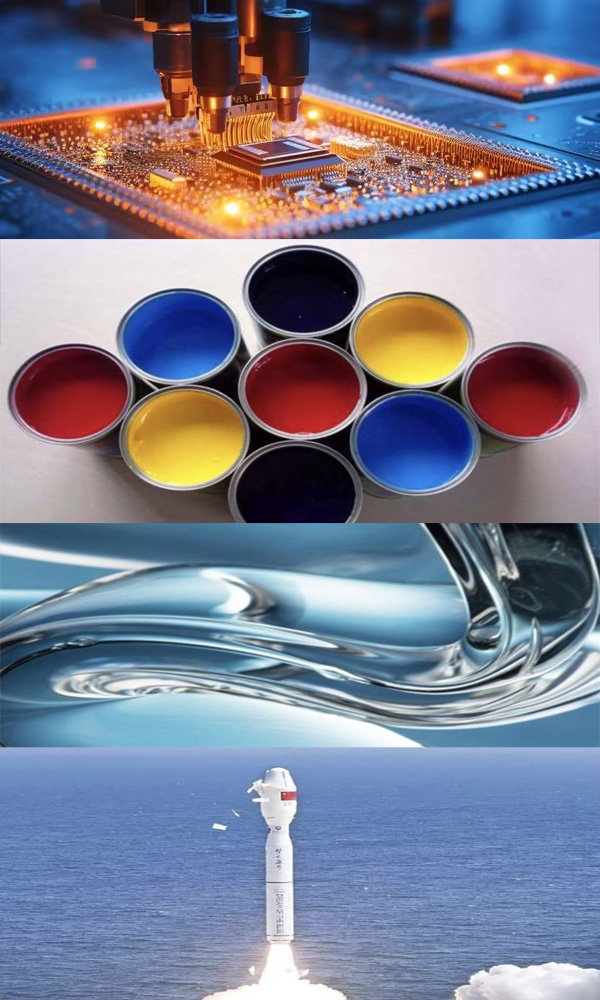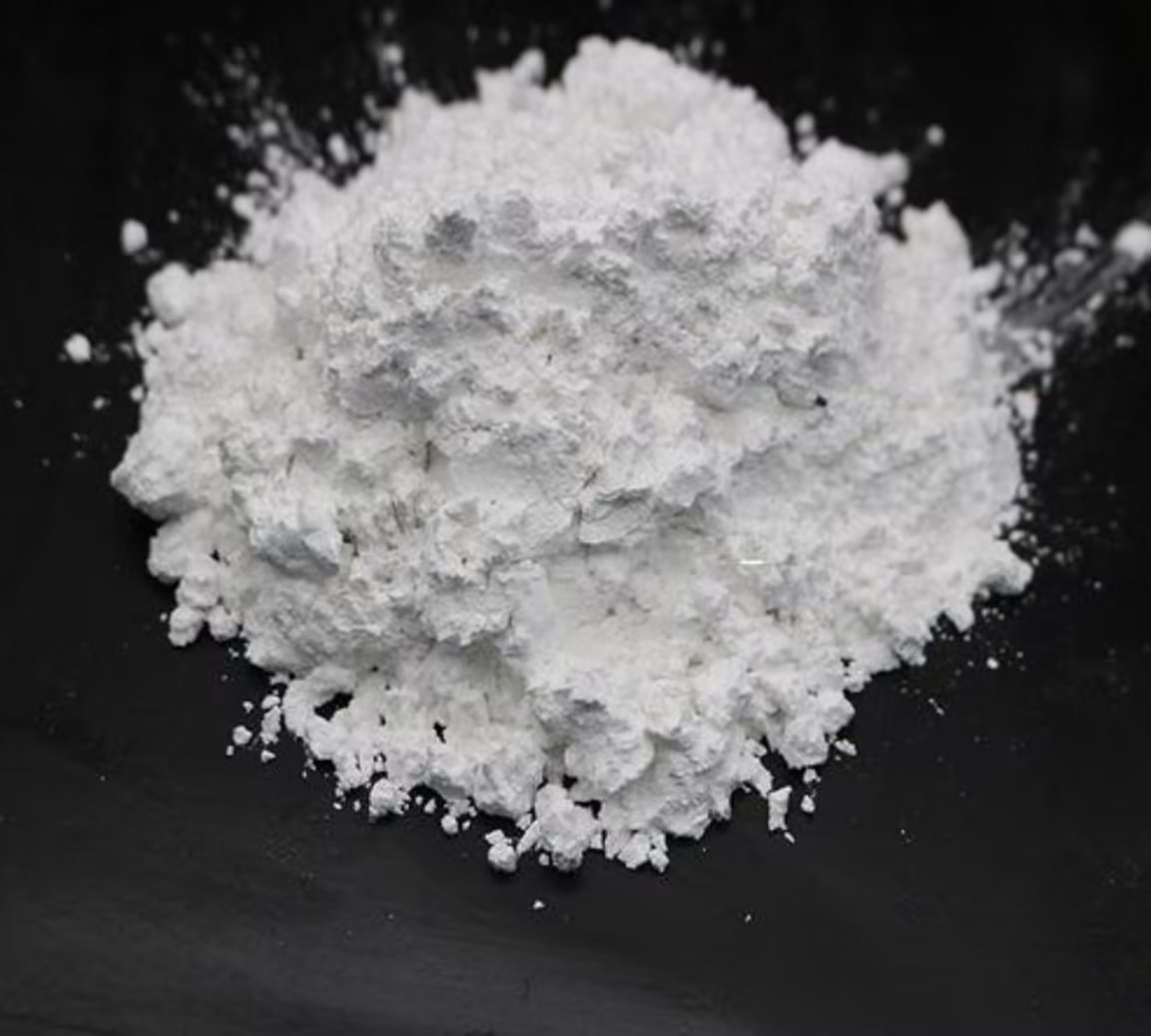Precipitation method silica: technological innovation leads the development of new materials
On February 13, 2025, good news came again in the field of new materials in China. As an important inorganic material, precipitated silica has made significant progress in technological innovation and industrial upgrading. This progress not only provides better material choices for related industries, but also injects new vitality into promoting the development of China's new materials industry.
product link:
https://www.iotasilica.com/productcategory-precipitated.html
Precipitation method silica, commonly known as white carbon black, also known as hydrated silica or light silica, is generally expressed as mSiO2 · nH2O. Its appearance is white amorphous (amorphous) powder, with hygroscopicity, insoluble in water and most acids, but soluble in caustic soda and hydrofluoric acid. In addition, precipitated silica also has excellent properties such as high temperature resistance, non decomposition, non combustion, non toxicity, and high electrical insulation, making it widely used in various fields such as rubber, plastics, papermaking, and coatings.

In the rubber industry, precipitation method silica is a good reinforcing agent for synthetic rubber, and its reinforcing performance is second only to carbon black. After ultrafine refinement and appropriate surface treatment, its reinforcement effect is even better than carbon black, especially suitable for manufacturing white, colored, and light colored rubber products. In tire manufacturing, adding a certain amount of precipitated silica can improve the service life and grip of tires, thereby enhancing driving safety.
In the coating industry, precipitated silica also plays an important role. It can be used as a constitutional pigment and neutral pigment, with good stability, but difficult to disperse. However, through technological innovation, such as the use of new dispersion and surface treatment techniques, its dispersibility and stability in coatings can be effectively improved. In addition, the precipitation method of silica can prevent pigments from sinking in the paint, improve the coating performance of the paint, reduce sagging and flower phenomenon, and enhance the water resistance of the coating film.
It is worth mentioning that in recent years, China has made significant progress in the production technology and equipment of precipitated silica. For example, Lengshuijiang 3A New Material Technology Co., Ltd. and Guangzhou Lingwei Technology Co., Ltd. jointly developed a precipitation silica production and purification device, and obtained a national patent. This device can effectively improve the purity and quality of precipitated silica, providing a higher quality material selection for applications in related industries.

In addition, Fujian Yuanxiang New Materials Co., Ltd. has also obtained a patent for a precipitation method silica reaction cooling device. The device is lifted by a high-pressure Roots blower, and gas enters the aeration device through the connecting pipe. While the aeration device tank cools down, the gas enters the reaction material liquid to form bubbles, separating the silica crystals and effectively controlling the crystal and structure of silica particles, promoting their growth and preventing their aggregation. This innovative technology provides a more efficient and energy-saving method for the production of precipitated silica.
With the continuous advancement of technology and the expansion of application fields, the market demand for precipitated silica is also continuously growing. In the future, China will continue to strengthen the research and production of precipitated silica, promote technological innovation and industrial upgrading, and provide higher quality and efficient material support for related industries. At the same time, we will actively expand the application of precipitated silica in emerging fields such as new energy and environmental protection, making greater contributions to the development of China's new materials industry.

